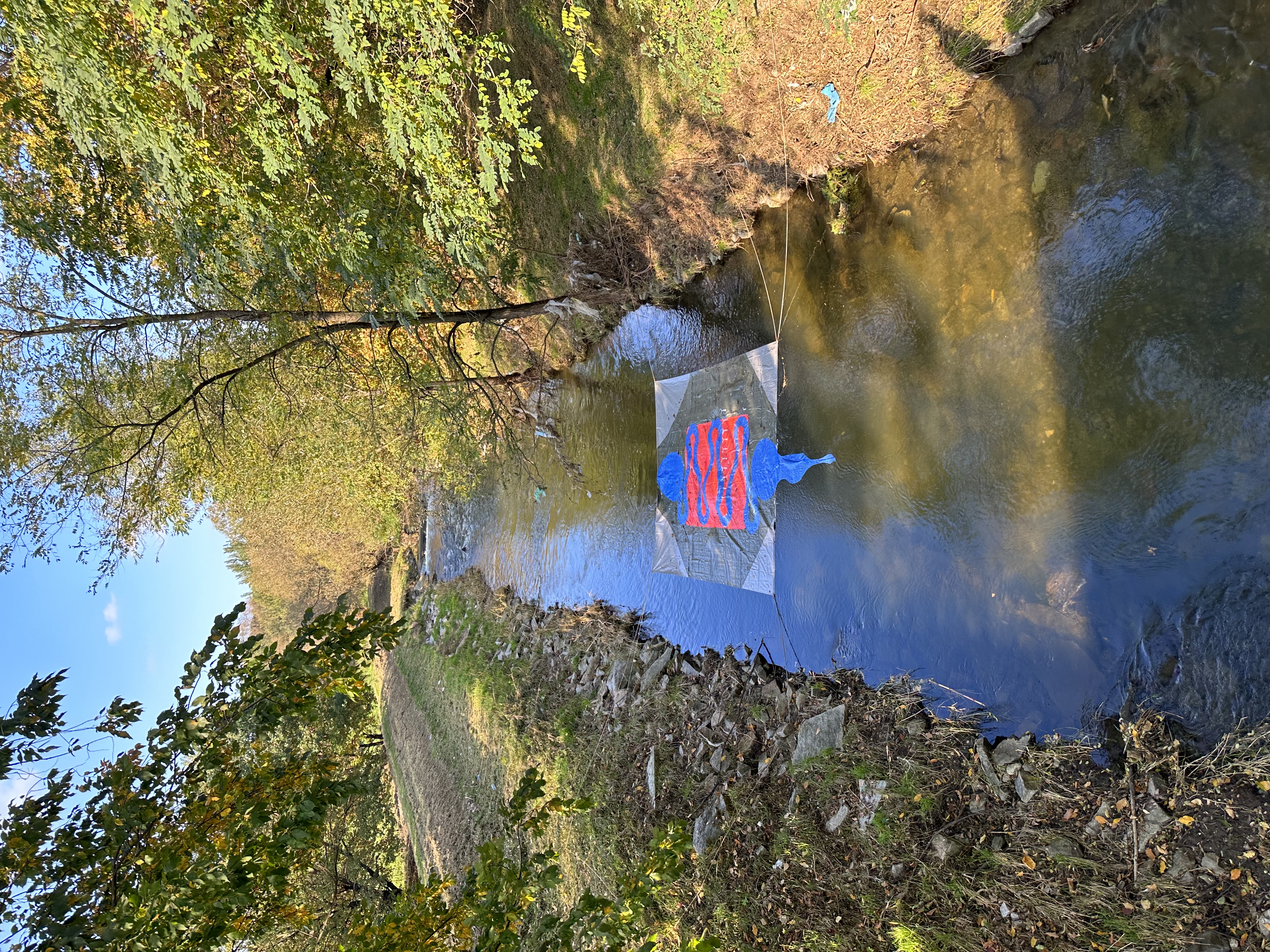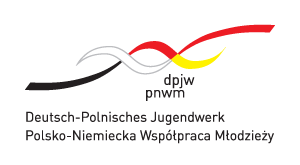 The 2nd edition of the international Konrad and Paweł Jarodzki Artist In Residence Programme has come to an end. The second edition of the Konrad and Paweł Jarodzki International Artist Residency Programme is behind us. Five artists participated: Alaa Abu Asad, Uladzimir Hramovich, Gayatri Kodikal, Beata Rojek, Annette Ruenzler. For more information on the selected artists: https://www.krzyzowa.pl/en/projects/art-projects/artist-in-residency/artist-in-residency-4/4764-rezydencja-artystyczna-edycja-2029.
The 2nd edition of the international Konrad and Paweł Jarodzki Artist In Residence Programme has come to an end. The second edition of the Konrad and Paweł Jarodzki International Artist Residency Programme is behind us. Five artists participated: Alaa Abu Asad, Uladzimir Hramovich, Gayatri Kodikal, Beata Rojek, Annette Ruenzler. For more information on the selected artists: https://www.krzyzowa.pl/en/projects/art-projects/artist-in-residency/artist-in-residency-4/4764-rezydencja-artystyczna-edycja-2029.
During their six-week stay in Krzyżowa, the residents were able to focus on artistic research, developing ideas and creating works. They also worked on workshops with young people hosted in Krzyżowa as part of youth exchange programmes. The beginning of the residency coincided with the catastrophic floods in Lower Silesia, which also affected Krzyżowa and influenced the creative processes and placement of artistic works.
fot. Małgorzata Kujda
We were introduced to the effects of the residency during the 'open studios'.
Alaa Abu Asad studied ethnobotany, ecology and climate change, with a focus on invasive species. His work in Krzyzowa developed in relation to the local environment affected by the floods. During his fieldwork, the artist collected debris carried by the floodwaters and also collected invasive plants: Japanese knotweed and Canadian goldenrod. Using these materials, he created a spatial mural and a series of photographs that reflect on the relationship between the spread of invasive species and anthropogenic climate change.
Gayatri Kodikal kontynuowała badania na temat tropikalnych lasów namorzynowych — wiecznie zielonych formacji roślinnych strefy międzyzwrotnikowej, przystosowanych do życia na wybrzeżach zalewanych wodami słodkimi i słonymi. Praca z tym unikalnym środowiskiem zainspirowała ją do refleksji nad współzależnością między ludzkim ciałem a formacjami przyrodniczymi oraz nad budowaniem odporności na katastrofy klimatyczne.
Gayatri Kodikal continued her research on tropical mangroves - evergreen plant formations of the intertropical zone, adapted to life on coastlines flooded by fresh and salt water. Her work with this unique environment inspired her to reflect on the interdependence between the human body and natural formations, and on building resilience to climate disasters.
In Krzyżowa, the artist created a new ephemeral site-specific installation. Suspended over a flowing river, the work pays homage to the river and the communities living around it. The installation, made of tarpaulins that resemble a bedspread shielding the water, was inspired by Kodikal's experiences with mangroves in India and her first encounter with the Krzyzowa region during a flood. The symbolism of the work refers to the interconnectedness of all life forms and changeability as a fundamental principle of nature.
Beata Rojek explored the relationship between emotions, the environment and the way we perceive reality. In Krzyżowa, she created paintings and works on paper using animal and plant motifs to explore archetypes and metaphors revealing the intertwining of human and non-human experience.
Annette Ruenzler has created a series of works (photographs, ceramic sculptures and installations) on the transformation of memory traces in an environmental context and on the landscape of Krzyżowa after the flood.
Program implemented with the support of:

The Culture Moves Europe project, funded by the European Union and implemented by the Goethe-Institut.
.png)
The views expressed herein can in no way be taken to reflect the official opinion of the European Union.

































